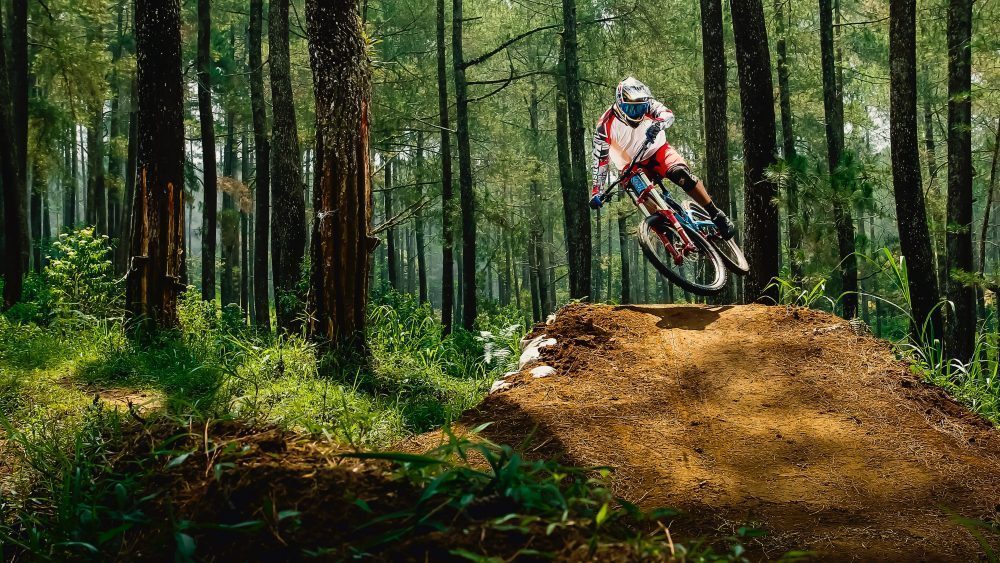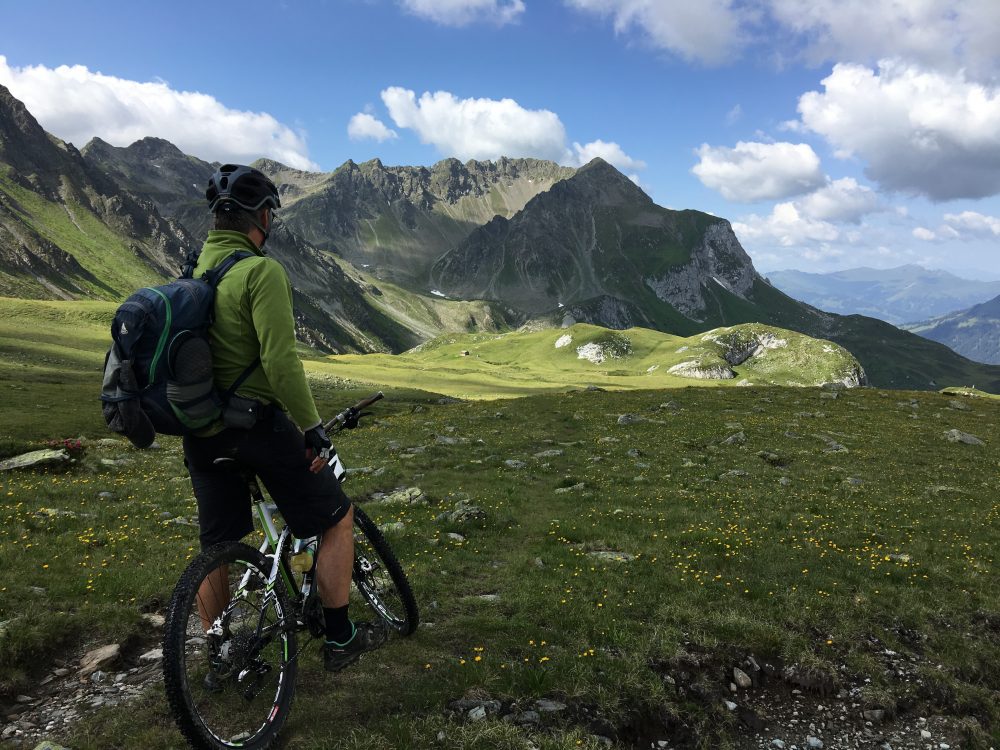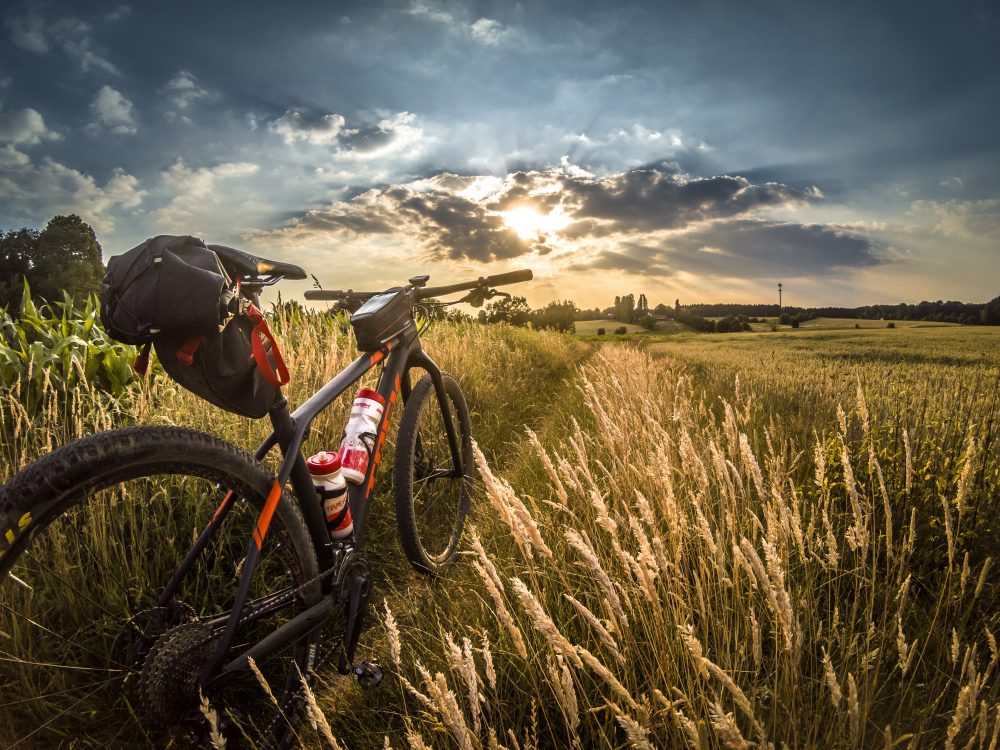
Tyres for Mountain Bikes – How to Pick the Right One for a Specific Surface?
Whether you use your mountain bike for fun or to participate in local races, having the right tyres for mountain bike can make a world of difference in your riding experience. That is because different tyres for mountain bike are designed with specific circumstances in mind. For example, some mountain bike tires are ideal for dry, sandy surfaces, while others are ideal for sticky mud tracks. But how do you know which ones exactly you will need? Here’s a bit of help on the matter.
Dry Surface Tyres
When the weather is nice and sunny, you will obviously want dry weather tyres for mountain bike. Dry weather tyres generally have a less aggressive tread pattern and the tyre knobs are shorter as they don’t need to dig as deep into the ground for traction. The tyre often has a much rounder profile and the knobs are also spaced much closer together as they don’t need to shed as much dirt and grime.

Some manufacturers use a slightly harder rubber compound on dry tyres trying to reduce the rolling resistance as that makes the tyre faster. When it comes to width, it is a matter of personal preference. However, wider is typically the smarter way to go for dry tyres, so anywhere from 2.2 and up is considered the standard.
Wet Surface Tyres
These tyres are quite easy to spot as they have a more aggressive design with higher knobs spaced further apart. The higher knobs allow the tyre to dig deep into the mud, aiding grip while the wider spacing helps the tyre to shed mud – both very important features when you are riding through mud.
The tire’s compound is softer and allows a better grip on wet and greasy surfaces like roots and rock, and plenty of siping on the tread is used to allow the tyre to squirm and deform better on wet and greasy surfaces. Finally, wet surface tyres are narrower than dry surface ones so they can bite down deeper into the mud, again for improved grip. The tyre will also give more clearance around the forks and chainstays, which is extremely important if you’ll be riding in super sticky terrain.

Intermediate Tyres
Not quite full dry and not quite full mud tyres, intermediate tyres are designed to be a do-it-all model but with some compromises. They generally have relatively low knobs down the center of the tyre for reducing rolling resistance and more aggressive side knobs to help the rider dig in on corners. Intermediate tyres have become increasingly popular as they allow the rider to get away with a lot; in other words, they are ideal for riders who frequent temperate climates.


No Comments